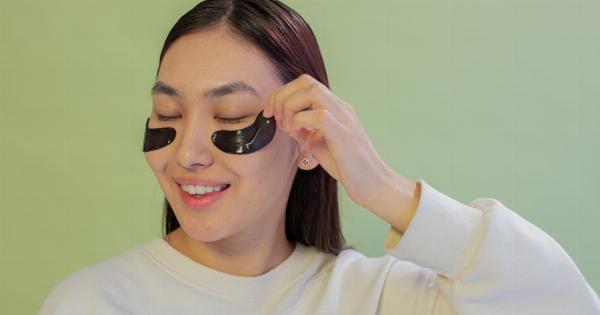Having facial hair can be a source of frustration for many individuals, both men and women alike. Whether it’s a few stray hairs or a full-blown beard, dealing with facial hair removal can be time-consuming, painful, and costly.
Fortunately, there are painless methods available to get rid of facial hair. In this article, we will explore three effective ways to tackle facial hair removal without any pain.
1. Dermaplaning
Dermaplaning is a popular facial hair removal method that involves using a small, sharp blade to gently scrape away the hair from the surface of the skin.
This technique not only removes unwanted hair but also exfoliates the skin, resulting in a smoother complexion. Dermaplaning is suitable for all skin types and is non-invasive, making it a painless option for facial hair removal.
2. Laser Hair Removal
Laser hair removal has become increasingly popular in recent years as a long-term solution for facial hair removal. This procedure involves using laser technology to target the hair follicles and destroy them, ultimately preventing hair regrowth.
While laser hair removal may cause slight discomfort during the process, it is generally considered painless. However, multiple sessions are usually required for optimal results, and it may not be suitable for all skin types.
3. Threading
Threading is an ancient hair removal technique that originated in the Middle East and South Asia. It involves twisting a thin cotton or polyester thread and rolling it over the skin, catching and removing the unwanted hair at its follicle level.
This method is precise and can target even the finest hairs. Threading is generally pain-free, although some individuals may experience slight discomfort. It is commonly used for shaping eyebrows, but it can also be an effective method for removing facial hair.
4. Cold Waxing
Cold waxing is a simple and painless method for facial hair removal. It involves applying a ready-to-use cold wax strip onto the desired area, pressing it firmly, and then quickly peeling it off in the opposite direction of hair growth.
Cold waxing is an effective option for removing facial hair, especially for those with sensitive skin who may experience irritation with other hair removal methods. It is convenient, affordable, and can be done in the comfort of your own home.
5. Depilatory Creams
Depilatory creams, also known as hair removal creams, work by breaking down the protein structure of the hair, allowing it to be easily wiped away. These creams are widely available and can be applied to the desired area for a specified duration.
Once the cream is removed, the facial hair is also effortlessly removed. Depilatory creams are generally painless and suitable for most skin types. However, it’s essential to patch test them before use to ensure that no irritation or adverse reactions occur.
6. Electrolysis
Electrolysis is a permanent hair removal method that targets each hair follicle individually using an electric current. This process damages the hair follicle, preventing future hair growth.
While electrolysis can be slightly uncomfortable, advancements in technology have made it significantly less painful than in the past. This method is best for individuals seeking a long-term solution for facial hair removal.
7. Prescription Medications
Prescription medications can be an option for individuals dealing with excessive facial hair growth due to hormonal imbalances, such as polycystic ovary syndrome (PCOS).
These medications work by regulating hormonal levels in the body, which can help reduce hair growth. It’s crucial to consult with a healthcare professional to determine if prescription medications are appropriate and safe for your specific situation.
8. Natural Remedies
There are several natural remedies that may help reduce the growth of facial hair over time.
These remedies include applying a paste made of turmeric and milk, which is believed to have hair-inhibiting properties, or using a mix of sugar, lemon juice, and water as a natural waxing alternative. While these methods may not provide immediate results, they can be an option for those who prefer natural alternatives and are willing to be patient.
9. Avoiding Triggers
Sometimes, the growth of facial hair can be triggered or worsened by certain factors such as stress, hormonal changes, or certain medications.
By identifying and avoiding these triggers, you may be able to reduce the growth of facial hair or prevent further growth altogether. It is advisable to maintain a healthy lifestyle, manage stress levels effectively, and consult with a healthcare professional regarding any medications that may contribute to facial hair growth.
10. Seeking Professional Help
If you have tried various methods but still struggle with facial hair removal, seeking professional help from a dermatologist or an experienced aesthetician might be a suitable option.
These professionals can assess your specific situation, recommend the most appropriate treatment, and perform procedures with minimal discomfort. They may also provide tailored advice on long-term solutions for reducing facial hair growth.
Conclusion
Facial hair removal can be a tedious and sometimes painful process. However, with the availability of painless methods, individuals can achieve the desired results without discomfort.
Whether you opt for dermaplaning, laser hair removal, threading, or any other method mentioned in this article, it is essential to choose the method that suits your skin type and personal preferences. By doing so, you can comfortably and painlessly get rid of unwanted facial hair, boosting your confidence and promoting smooth, radiantly clear skin.





























